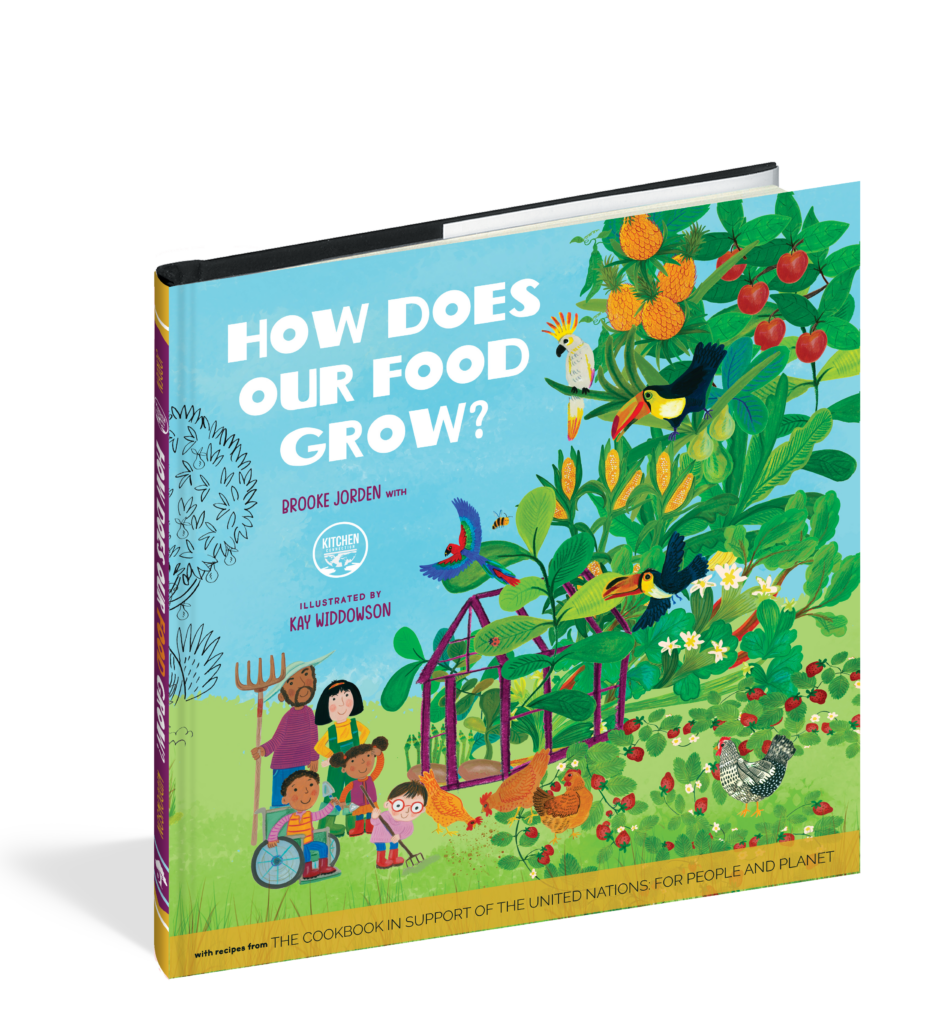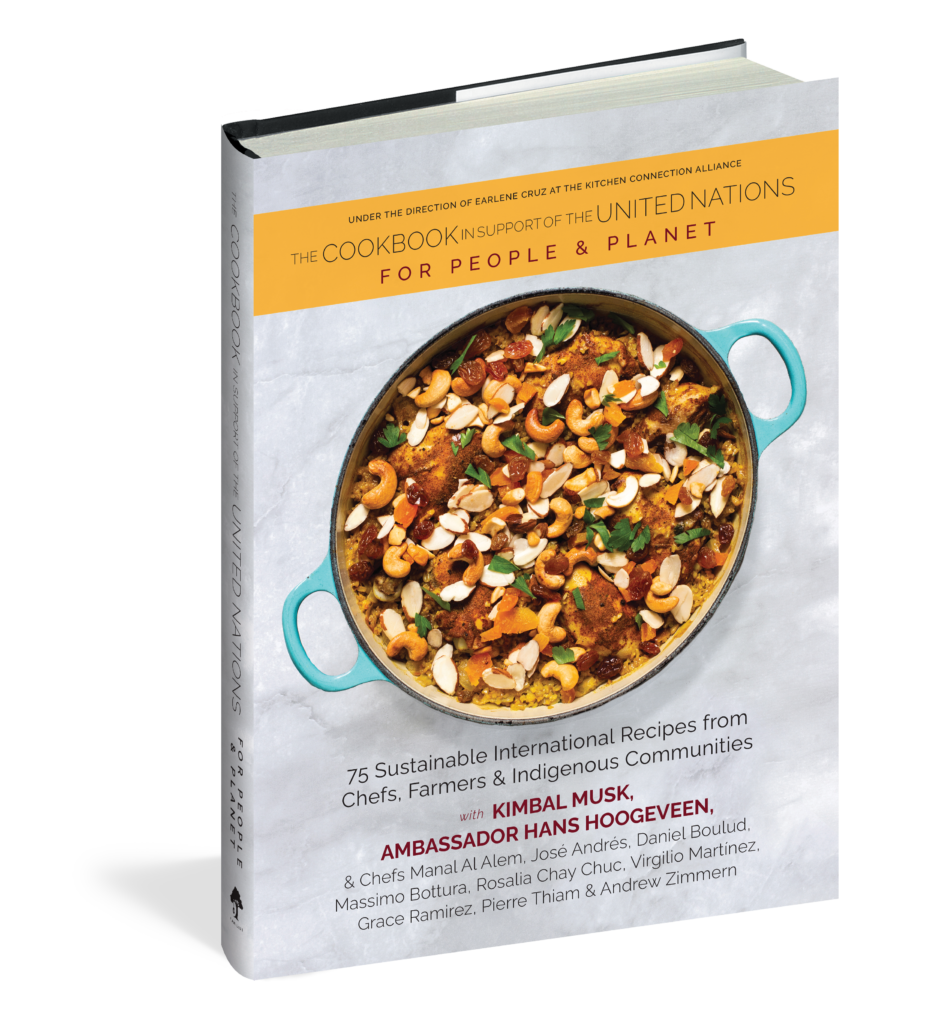
12 Tips to Help Families Eat Healthier with a Picky Eater
Sometimes the only thing getting in the way of your food goals is a picky eater. Here’s how your family can eat healthier without changing your lifestyle.
Do the picky eaters in your family make it hard to eat leafy greens?
Eating healthier doesn’t always require a complete overhaul of your lifestyle. Sometimes, smaller, more sustainable changes can have a bigger impact on your family’s overall health.
Here are some tips to help your family eat healthier without drastically changing your lifestyle:
1. Start Slowly
Changing a habit is hard for anyone, but especially when you’re trying to do it all at once. And even more so if not everyone is on board. Instead of trying to force your family into a diet that just doesn’t fit, introduce healthier options slowly. This will give your family time to adjust to, and even like, the new changes. (You can’t go from an average American diet to a vegetarian diet without experiencing some cravings.) And if they don’t have that time to adjust, you will be choosing the path of most resistance.
2. Downsize Portions
Sometimes the most important change isn’t what you’re eating but how much of it. After all, it’s unhealthy to label foods as either good or bad. So start eating healthier by minding portion sizes instead. You can use smaller plates and bowls to help control portions without making it obvious.
3. Add Fruits and Vegetables
Our brains are like angry two-year-olds when we say no to something they love: they just want it all the more. Rather than subtracting foods from your family’s diet, aim to eat more fruits and vegetables throughout the day. You can measure this by filling half of each plate with fruits and vegetables, whether as meals or snacks. By looking at it as an addition rather than a subtraction, you aren’t placing limits on your family. This will help you prioritize fruits and vegetables so that when it’s time for a less-than-healthy treat, maybe your kids will be okay with saying no.
4. Choose Whole Grains
Some fad diets choose to cut out grains completely, and while that’s beneficial for some, it’s not the most sustainable option. Instead, switch to whole grains such as brown rice, whole wheat bread, and whole-grain pasta. These provide more fiber and nutrients than their refined counterparts, and your kids will get to keep eating their favorite sandwiches. (After you cut the crust off, of course.)
5. Avoid Fatty Proteins
A nice, juicy burger is great—once in a while. To eat healthier, opt for lean proteins like chicken, fish, beans, and legumes. These are healthier alternatives to processed and fatty meats.
6. Stock Up on Healthy Snacks
Snacks are an important part of your diet, especially for growing kids who seem to eat the house out of food. Instead of indulging your family with loads of chips, crackers, cookies, and other quick conveniences, stock up on nutritious snacks like fresh fruit, cut vegetables, yogurt, and nuts. With healthy snacks on hand, it’s a lot easier to choose them instead of less healthy options.
7. Keep Everyone Hydrated
Is your kid hungry or just thirsty? If they don’t know, it’s even harder for parents to tell, which means that sometimes you’re giving your child one too many snacks. (To be honest, sometimes adults can’t tell if they’re hungry or thirsty either.) Considering this, eating healthier can start with simply drinking some water. Before meals or snacks and instead of sugary drinks, encourage everyone to drink a glass of water. This will keep everyone healthy and hydrated. And if your family gets bored, you can infuse water with fruits or herbs to make it more appealing.
8. Involve the Whole Family
Eating healthy as a family is a choice you should make as a family. Include your family in meal planning and preparation. Choose food that everyone likes and work together to find tasty ways to enjoy healthy food. Doing this can make your family more invested in healthier choices. (And trust me, your picky eater will be sure to protest if you don’t.)
9. Cook at Home
Gluten free? Whole grain? Stir-fried vegetables? No restaurant offers all the different foods that your home does. Homemade meals allow you to control ingredients and cooking methods. However, life doesn’t always allow you to cook dinner every night. To help your healthy eating goals, aim to cook at least a few times a week.
10. Limit Processed Foods
Processed foods that are high in sugar, salt, and unhealthy fats can impact your health just as much as anything. While cutting them out entirely would be ideal, it’s much more effective to just choose whole, unprocessed foods whenever possible. However, that’s not to say that all processed foods are bad. Store-bought applesauce is still ten times healthier than candy (just choose the kind with no added sugar).
11. Allow Treats in Moderation
Like I mentioned above, putting hard limits on foods that we love makes it even more difficult to eat healthier. Thinking in terms of what you can have helps with this, and one of the things you should allow yourself to have for a sustainable diet is treats—in moderation. Completely eliminating favorite foods can lead to cravings and resistance, so it’s important to give yourself a little leeway once in a while. One day of eating less-than-healthy food won’t make or break your diet.
12. Educate and Explain
One of the biggest reasons why people break rules is because they don’t understand why the rule was made in the first place. If you consider eating healthy as just a set of rules, then it’s important to help your family understand the importance of a balanced diet and how it contributes to overall health. Teach your family to read nutrition labels so they can make informed choices about the foods they consume, explain why you’re making these changes, discuss healthy and sustainable options together, and invite transparency in the kitchen and at the dining table. Knowledge can motivate positive changes.
Empower Your Family through Food with These Books

How Does Our Food Grow?

Skinny Southern

Shaelyn Topolovec earned a BA in editing and publishing from BYU, worked on several online publications, and joined the Familius family. Shae is currently an editor and copywriter who lives in California’s Central Valley.
